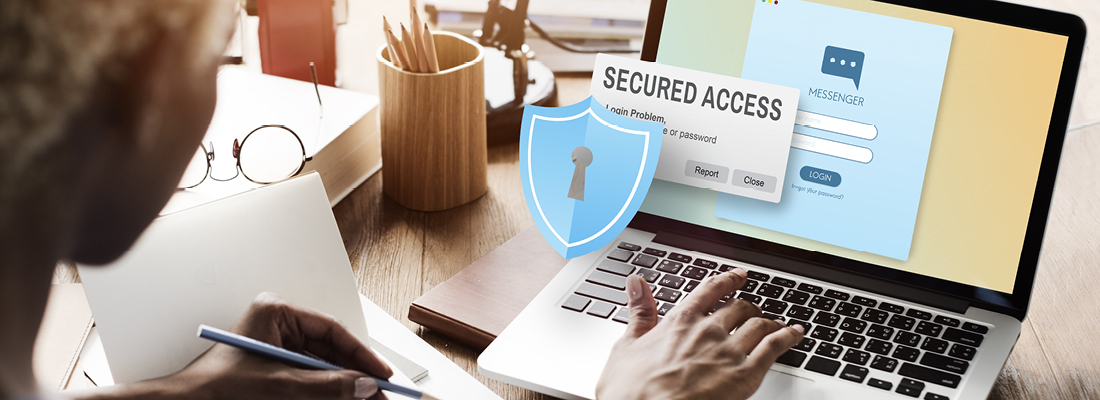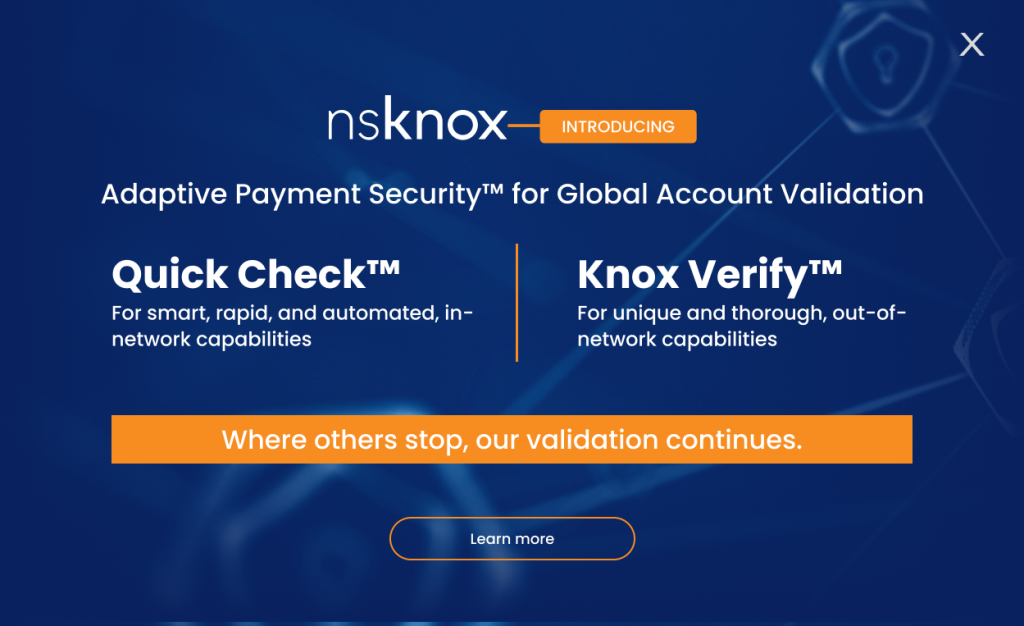Congratulations!
You know what it’s like. You’ve got a new customer or client. Now they need your bank account information so they can pay you for your products and services. So, what do you do? You send them a scanned image of a cancelled check – could be a JPG or PDF file. Or maybe they’ll call you to get that information over the phone. Sounds like a managed and controlled process right?
Well, not so much. Because the problem is that these manual processes for sharing and validating bank account details are highly vulnerable to cyberfraud. PDFs and Word documents can be easily edited by a variety of readily available text and image editing softwares.
Phone calls are highly vulnerable to social engineering attacks using deep-fake technologies, among others. And emails are easily manipulated by fraudsters who hack into email servers and use social engineering to mislead the AP staff.
Are you at risk? Definitely yes!
Fraudsters are already mastering this type of fraud, this is why it’s no surprise that the risk of attack and financial loss is greater than ever.
- Four out of five companies fall victim to payments fraud
- The most common type of BEC (business email compromise) scam is invoice or payment fraud
- BEC rates increased by 14% in 2020 and up to 80% in some sectors
- In a recent study, one-fifth of employees who were surveyed admitted to falling for phishing tricks and to have interacted with fraud-driven emails
Can you do anything to prevent this?
It’s time for a change
What payments processes need today is a disruptive technology to revolutionize how we share and validate bank account information, just like other disruptive technologies completely changed how we performed and experienced some of the most basic tasks and aspects of our lives.
For example:
Remember Blockbuster?
Streaming eliminated video rental stores. They were great at the time. But now that streaming services such as Netflix and others are on the scene, we can’t possibly imagine going back at the end of the weekend and standing in line to return those video tapes.
Maps Book Were a Real Thing
GPS navigation has made printing out maps and directions before going somewhere new, a thing of the past. I can’t even begin to count how many road trips I’ve been on, where at some point or other there arose a great (but friendly) argument about whether we should get off the highway at this exit or the next one.
Waze and Google Maps really have done wonders not only by helping us drive with less stress, but also for keeping the peace amongst our road-tripping comrades in the car.
Be Careful Not to Expose that Camera Film…
Digital cameras that are embedded in our phones are another game changer. Remember going to the pharmacy to drop off your film, waiting a few days, and then getting back those prints?
Remember hoping that they’d all be in focus and that none would have a thumb accidently taking up 80% of the photo’s real estate? Now, thankfully, that too is another thing of the past.
Shelves full of dusted encyclopedias…
And, of course, this discussion of disruption wouldn’t be complete without mentioning how Wikipedia has disrupted our traditional research habits and how it has made print encyclopedias a long-gone memory.
Finally! the payments disruption we’ve been waiting for
There is one more disruptive technology I’d like to present. And this is one that is indeed revolutionizing how we share and validate bank account information
Bank Account Certificate from nsKnox – a reliable and attack-proof approach to verifying, storing, and sharing bank account ownership and related data.
So, what is it all about? The Bank Account Certificate is a digital asset that contains a payee’s bank account information. It is encrypted and signed, and the data is masked to assure fraud-proof protection.
Super fast, easy and safe!
On the payee-side
Whenever you get a new customer or paying business partner, you can provide them with the Bank Account Certificate as the only secured, technology-driven means for enabling them to verify your bank details before they make any payment.
For payer’s too
On the payer’s side, they can request this same Bank Account Certificate from new suppliers during onboarding and prior to making changes to account details on record.
This way both sides can be confident that payment transfers will not be manipulated by cybercriminals attempting to divert money to their own fraudulent accounts.
How does one get a bank account certificate?
These certificates are only generated for accounts that have been validated by the nsKnox Bank Account Validation technology.
And once generated, your paying clients and partners can go to the nsKnox free-access portal to view your certificate with the validated bank account details.
And as easy as that, everyone gains full confidence that the intended payment will make it to the account’s rightful owner only.
Now, that’s what I call disruption at its finest!
To learn more about how it works, I invite you to check it out here, and to get started with a free trial, of the nsKnox Bank Account Certificates.
You’re welcome to reach out and contact us here.
Efi Debi has been with nsKnox since 2019, serving as the Director of Product, leading the product and UX teams. He brings deep domain expertise in technology-driven prevention of digital payment fraud, holding a Master of Business Administration (MBA) degree and a BA in economics and marketing. In his free time, Efi enjoys driving, listening to music, and cooking with his family.
You’re invited to connect with Efi on LinkedIn.





